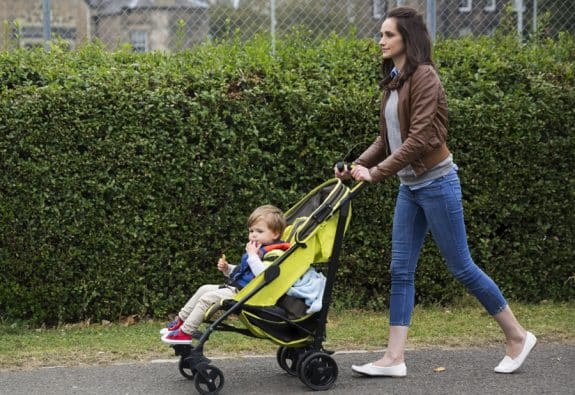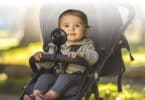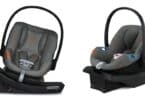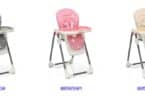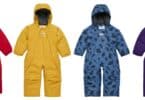A new study published in Academic Pediatrics points out a growing number of accidents and injuries resulting from improper use of baby carriers and strollers.
The study was conducted by the Research Institute at Columbus, Ohio’s Nationwide Children’s Hospital. Researchers used data from the National Electronic Injury Surveillance System (NEISS) which is operated by the US Consumer Products Safety Commission. The data base provides information on product-related injuries treated in hospital emergency rooms.
Over the 20 year period between 1990 and 2010 nearly 361,000 children under the age of five were treated in hospital emergency rooms for stroller and carrier injuries. That equates to about two children every hour. And while many of these injuries were relatively minor – bumps and bruises – 25% were more serious, such as traumatic brain injuries and concussions.
There is great concern that the number of these injuries has escalated. Carrier injuries have tripled from 18% in 1990 to 53% in 2010. Stroller injuries are also on the rise, from 19% in 1990 to 42% in 2010.
Most of these injuries occur when children fall from the stroller or carrier, and the infant’s head and face are the most frequently injured parts of the body. Study co-author Kristi Roberts says that these injuries are serious and scary “considering the fact that traumatic brain injuries and concussions in young children may have long-term consequences on cognitive development.”
Parents and caregivers are urged to take steps to avoid these types of injuries with a few simple steps. Buckle up and be sure the child is both strapped in and seated at all times. Keep bags and other heavy objects off handles as their weight can cause the stroller to tip over. Pay attention to fit: strollers and carriers are available in a variety of sizes and shapes. Choose one that matches the age and weight of the child who will use it. Use the brakes when stationary to prevent the stroller from rolling away.
Roberts says that the cargo in strollers and carriers is “precious.” Taking a few simple precautions can help to keep it safe.

